Why Mid Sized Dog Breeds Make the Best Companions
Mid sized dog breeds are the Goldilocks of the canine world not too big, not too small, but just right. These breeds typically weigh between 30 to 60 pounds and stand around 18 to 24 inches tall at the shoulder. They are versatile, adaptable, and often make excellent family pets, working dogs, or companions for active individuals. In this comprehensive guide, we’ll explore the history, characteristics, and care tips for mid sized dog breeds, helping you find the perfect furry friend for your lifestyle.
What Makes Mid-Sized Dog Breeds Special?
Their balanced proportions make mid-sized dog breeds suitable for various living situations, from apartments to larger homes with yards. They combine the energy and playfulness of smaller dogs with the strength and endurance of larger breeds. Whether you’re looking for a loyal companion, an active partner, or a gentle family dog, mid-sized breeds offer a wide range of options to suit your needs.
Popular Mid Sized Dog Breeds
Here are some of the most beloved mid-sized dog breeds, each with its unique history and traits:
1. Bulldog
- History: Originating in England, Bulldogs were initially bred for bull-baiting, a now-outlawed sport. Over time, they evolved into gentle, affectionate companions.
- Characteristics: Known for their wrinkled faces and stocky build, Bulldogs are calm, loyal, and great with children.
- Temperament: Friendly, courageous, and laid-back.
2. Cocker Spaniel
- History: Bred as hunting dogs in the United Kingdom, Cocker Spaniels were prized for their ability to flush out game birds.
- Characteristics: With their long, silky coats and expressive eyes, Cocker Spaniels are both beautiful and affectionate.
- Temperament: Sweet, playful, and eager to please.
3. Border Collie
- History: Hailing from the border regions of England and Scotland, Border Collies were developed as herding dogs and are renowned for their intelligence.
- Characteristics: Highly energetic and agile, Border Collies excel in dog sports and activities.
- Temperament: Intelligent, hardworking, and loyal.
4. Siberian Husky
- History: Originating in Siberia, Huskies were bred by the Chukchi people for sledding and endurance in harsh climates.
- Characteristics: Known for their striking blue or multicolored eyes and thick double coats, Huskies are built for cold weather.
- Temperament: Friendly, adventurous, and social.
5. Australian Shepherd
- History: Despite their name, Australian Shepherds were developed in the United States as herding dogs.
- Characteristics: With their beautiful merle coats and high energy levels, Aussies are versatile working dogs.
- Temperament: Intelligent, active, and loyal.
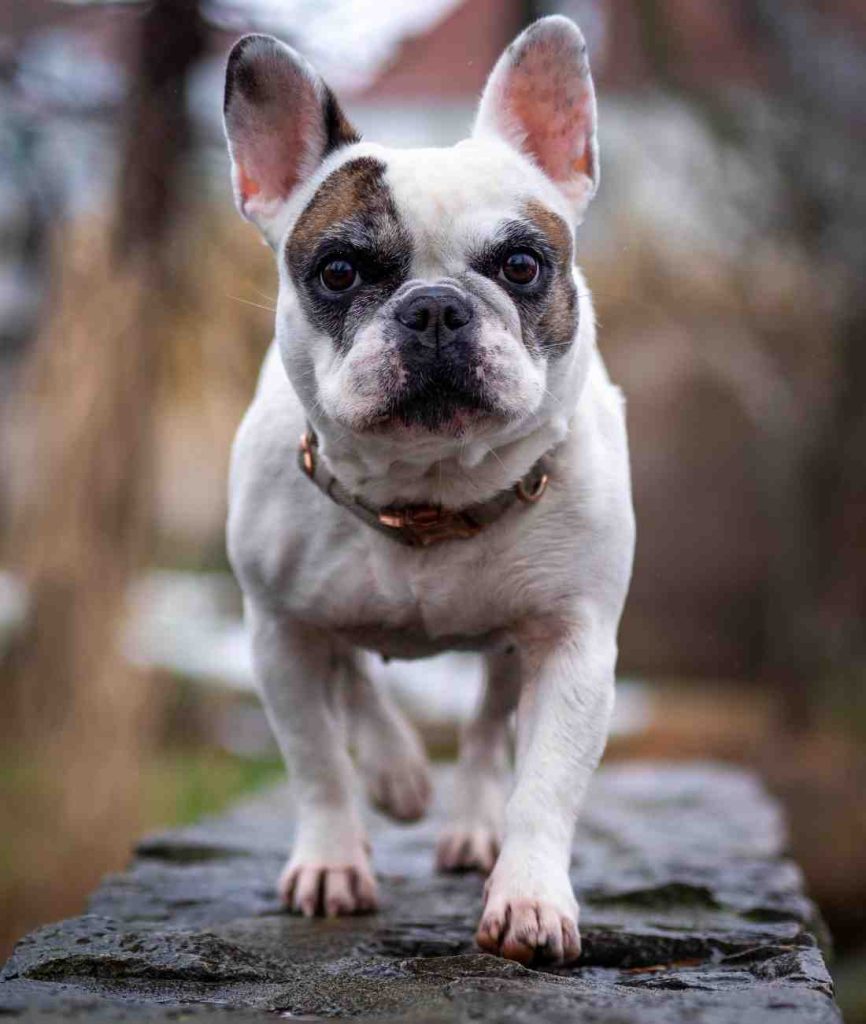
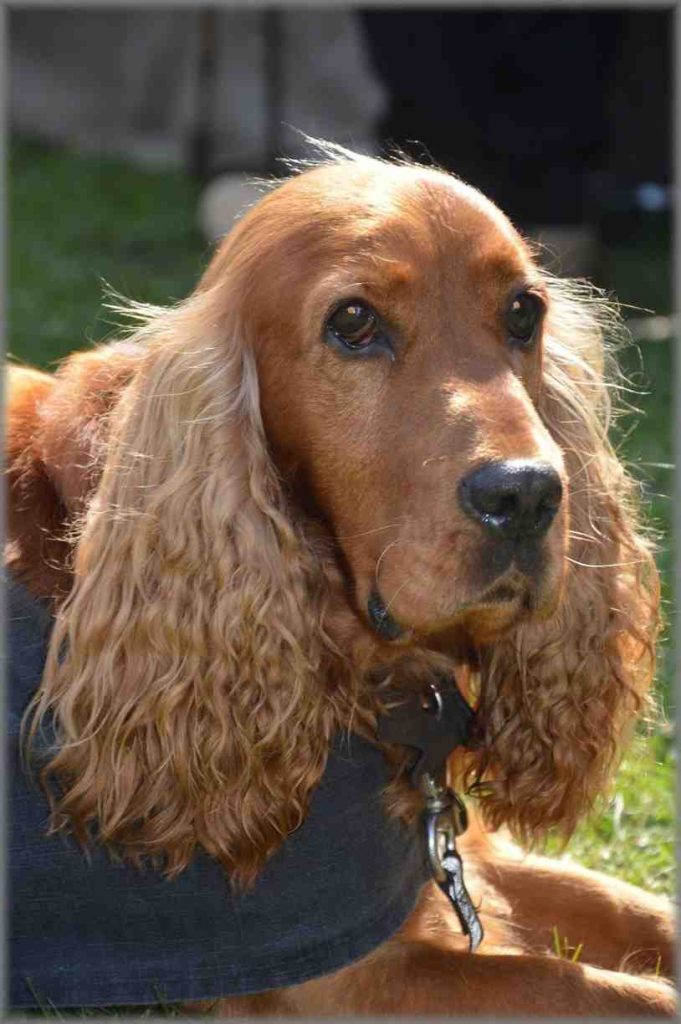
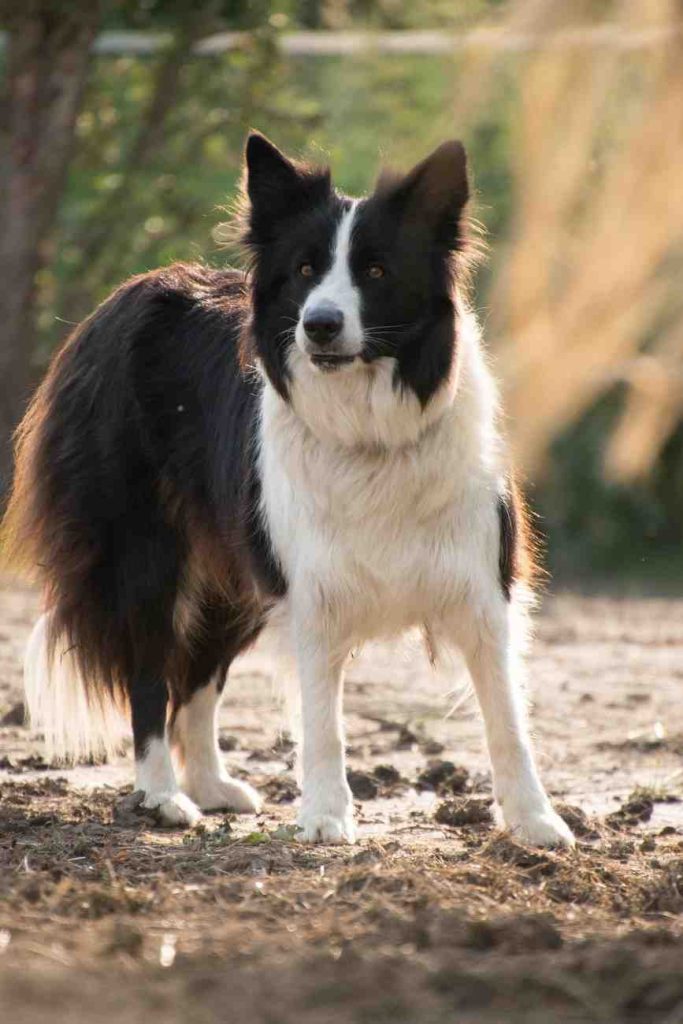
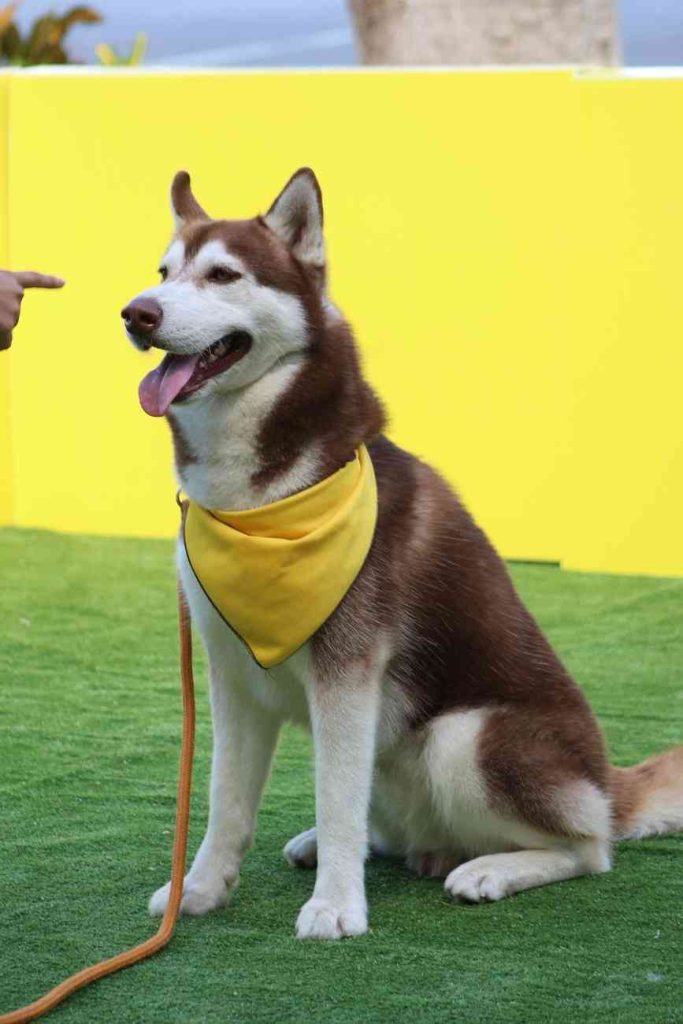
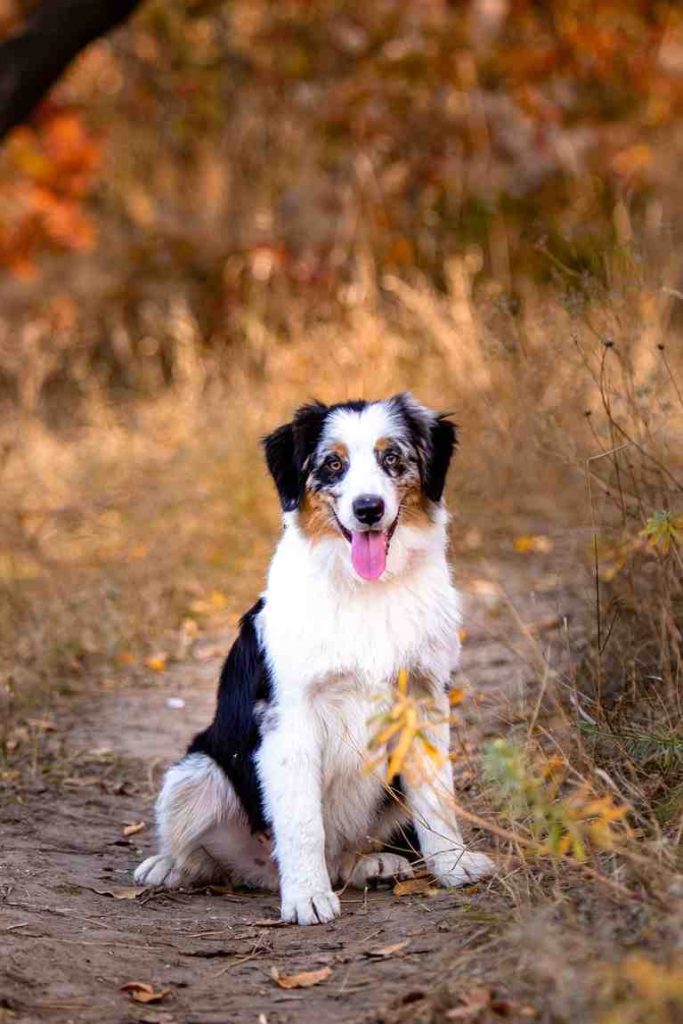
Characteristics of Mid Sized Dog Breeds
Mid-sized dogs share several common traits that make them popular among dog lovers:
- Adaptability: They can thrive in various environments, from city apartments to rural homes.
- Energy Levels: Most mid-sized breeds are active and require regular exercise, but they are not as demanding as some larger breeds.
- Temperament: They are often friendly, trainable, and great with families.
- Lifespan: Mid-sized dogs typically live between 10 to 14 years, depending on the breed and care.
Benefits of Owning a Mid Sized Dog
Mid-sized dogs offer the best of both worlds, making them ideal for many households. Here are some reasons to consider a mid-sized breed:
- Manageable Size: They are easier to handle than large dogs but still sturdy enough for active play.
- Versatility: Mid-sized breeds can adapt to various roles, from family pets to working dogs.
- Exercise Needs: While they require regular activity, their exercise needs are often more manageable than those of high-energy large breeds.
- Family-Friendly: Many mid-sized breeds are known for their gentle and affectionate nature, making them great with children.
Care Tips for Mid Sized Dog Breeds
To keep your mid-sized dog healthy and happy, follow these care tips:
1. Nutrition
- Feed your dog a balanced diet tailored to their age, weight, and activity level.
- Avoid overfeeding to prevent obesity, which can lead to joint problems and other health issues.
2. Exercise
- Provide daily exercise, such as walks, playtime, or dog sports, to keep them physically and mentally stimulated.
- Breeds like Border Collies and Australian Shepherds may require more intense activities like agility training or hiking.
3. Grooming
- Regular brushing is essential, especially for breeds with long or thick coats like Cocker Spaniels and Siberian Huskies.
- Bathe your dog as needed and keep their ears clean to prevent infections.
4. Training and Socialization
- Start training early to establish good behavior and obedience.
- Socialize your dog with other animals and people to ensure they are well-adjusted and friendly.
5. Health Care
- Schedule regular vet check-ups to monitor your dog’s health.
- Be aware of breed-specific health concerns, such as hip dysplasia in Bulldogs or eye problems in Cocker Spaniels.
Historical Significance of Mid Sized Dog Breeds
Mid-sized dogs have played important roles throughout history, serving as hunters, herders, and companions. For example:
- Bulldogs: Once used in bull-baiting, they are now symbols of resilience and loyalty.
- Border Collies: Known as the world’s best herding dogs, they have been indispensable to farmers for centuries.
- Siberian Huskies: These dogs were vital to the survival of the Chukchi people, helping them travel and transport goods in freezing conditions.
Understanding the history of these breeds can deepen your appreciation for their unique traits and abilities.
Choosing the Right Mid Sized Dog for Your Lifestyle
When selecting a mid-sized dog, consider the following factors:
- Activity Level: If you’re an active person, a high-energy breed like a Border Collie or Australian Shepherd may be a good fit. For a more relaxed lifestyle, consider a Bulldog or Cocker Spaniel.
- Living Space: While mid-sized dogs can adapt to apartments, breeds with higher energy levels may need access to outdoor spaces.
- Family Dynamics: If you have children or other pets, choose a breed known for its friendly and gentle nature, such as a Golden Retriever or Bulldog.
Final Thoughts
Mid sized dog breeds offer a perfect blend of companionship, adaptability, and versatility. You can choose a mid-sized breed to match your lifestyle—whether you admire the intelligence of a Border Collie, the charm of a Bulldog, or the adventurous spirit of a Siberian Husky. By understanding their history, characteristics, and care needs, you can provide a loving and fulfilling home for your new furry friend.
Frequently Asked Questions (FAQs)
Q1. What is considered a mid sized dog breed?
A mid sized dog typically weighs between 25–60 pounds and stands around 15–24 inches tall at the shoulder.
Q2. Are mid sized dogs good for families with kids?
Yes! Mid sized dog breeds are usually playful, gentle, and sturdy enough to enjoy active play with children while still being manageable for families.
Q3. Do mid sized dogs need a lot of exercise?
Most mid sized breeds require moderate daily exercise such as walks, playtime, or short runs to stay healthy and happy.
Q4. Are mid sized dog breeds easy to train?
Many mid sized breeds are intelligent and eager to please, which makes them relatively easy to train with consistency and positive reinforcement.
Q5. What are some popular mid sized dog breeds?
Examples include the Beagle, Cocker Spaniel, Border Collie, Bulldog, and Australian Shepherd.
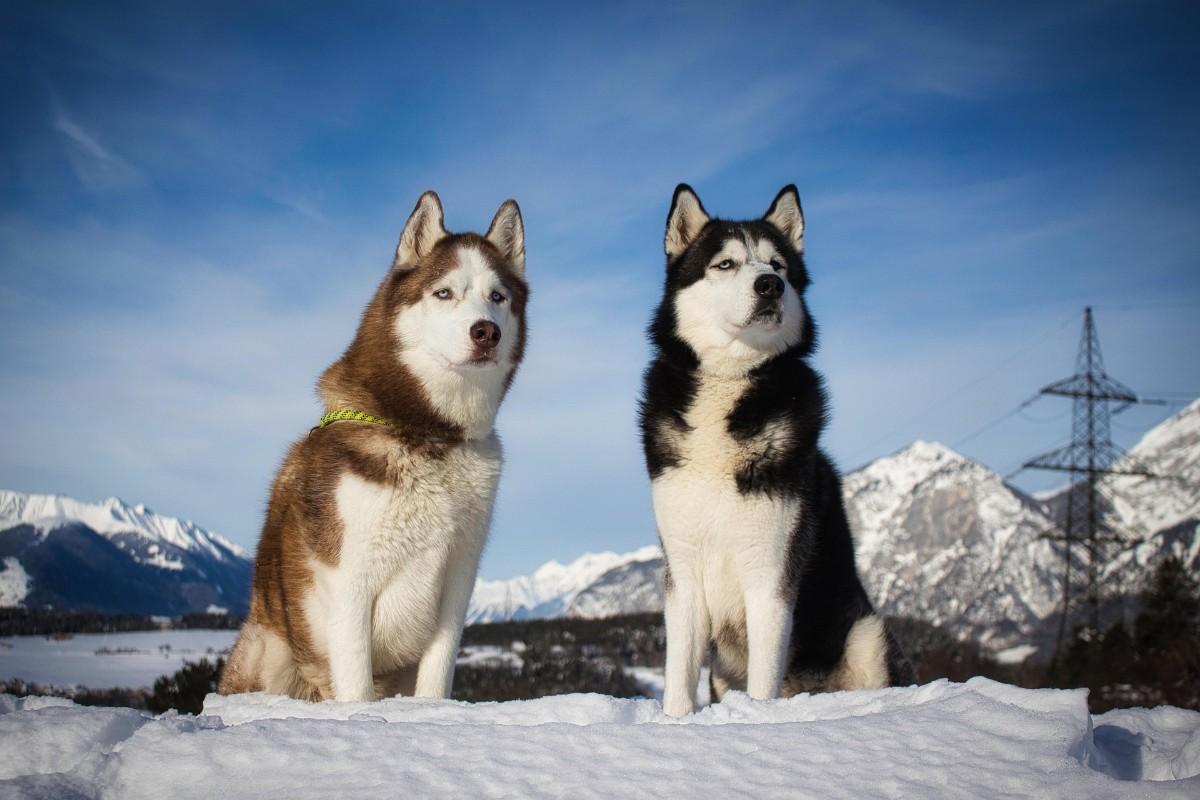
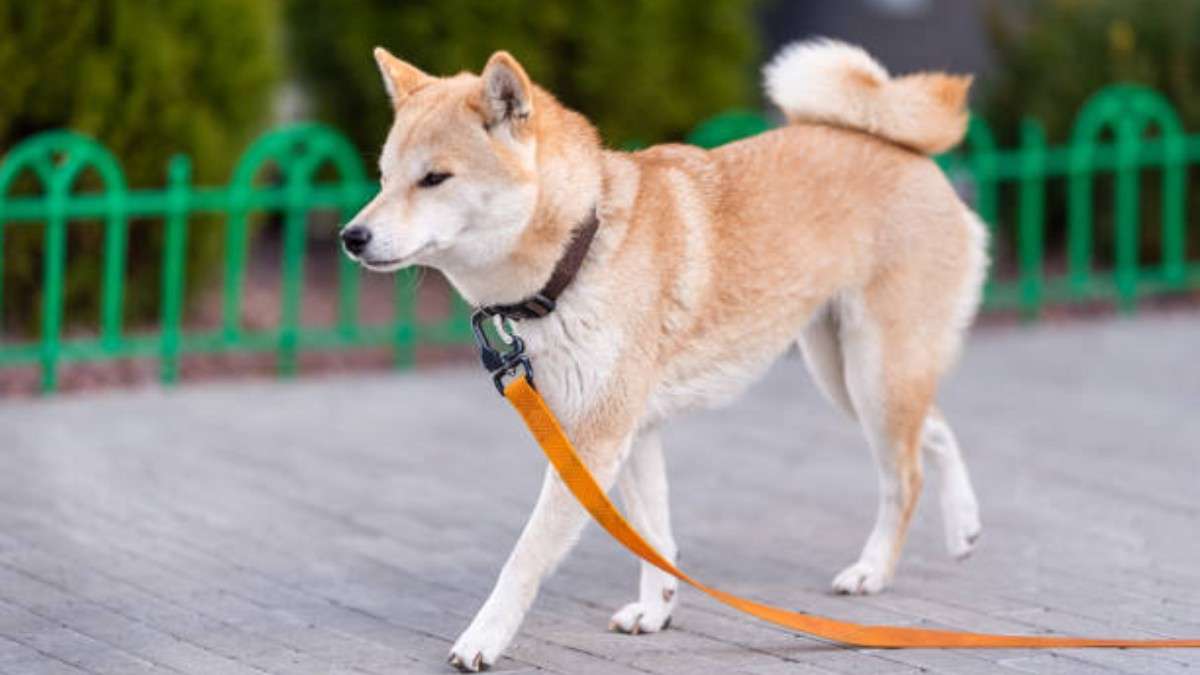



Post Comment